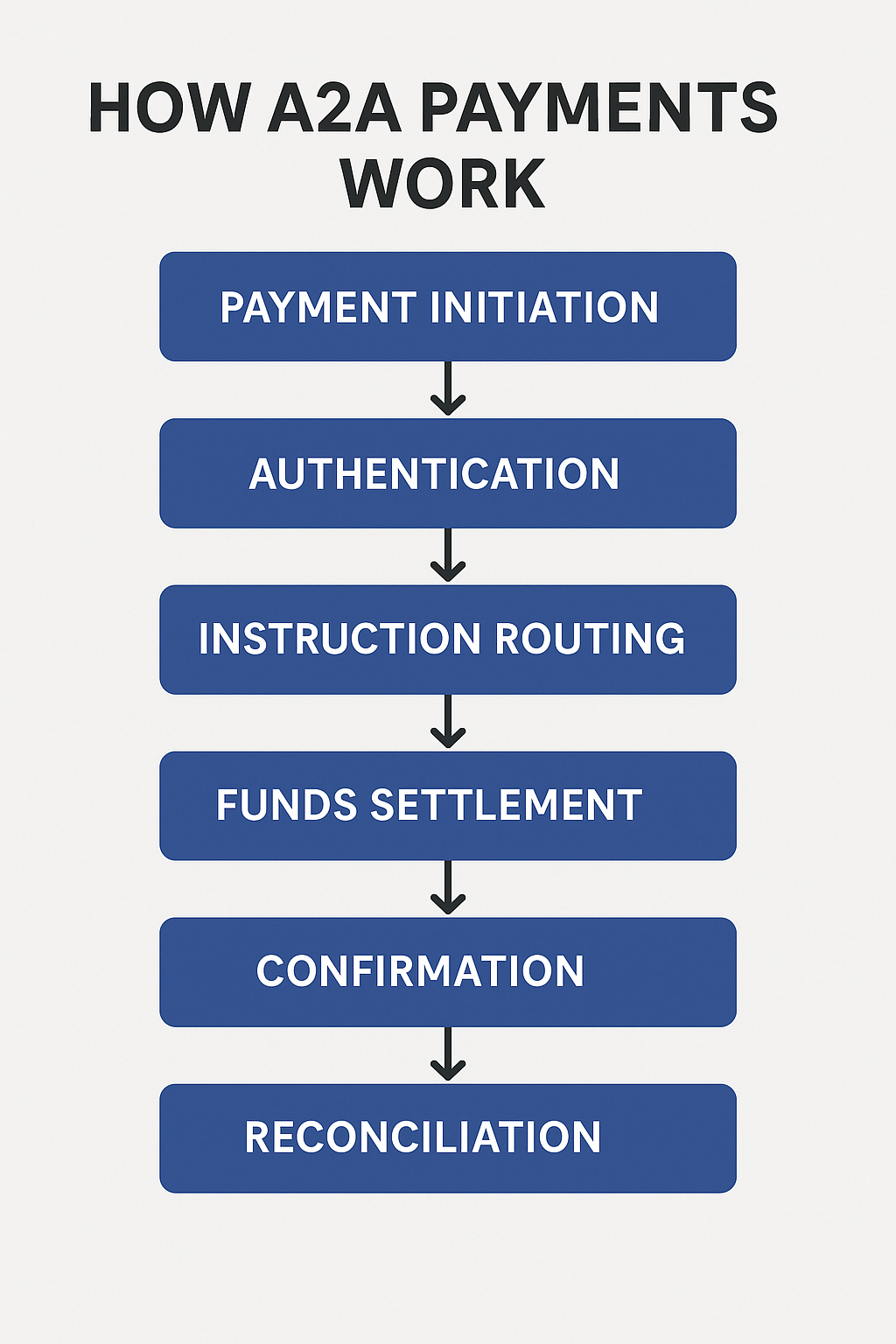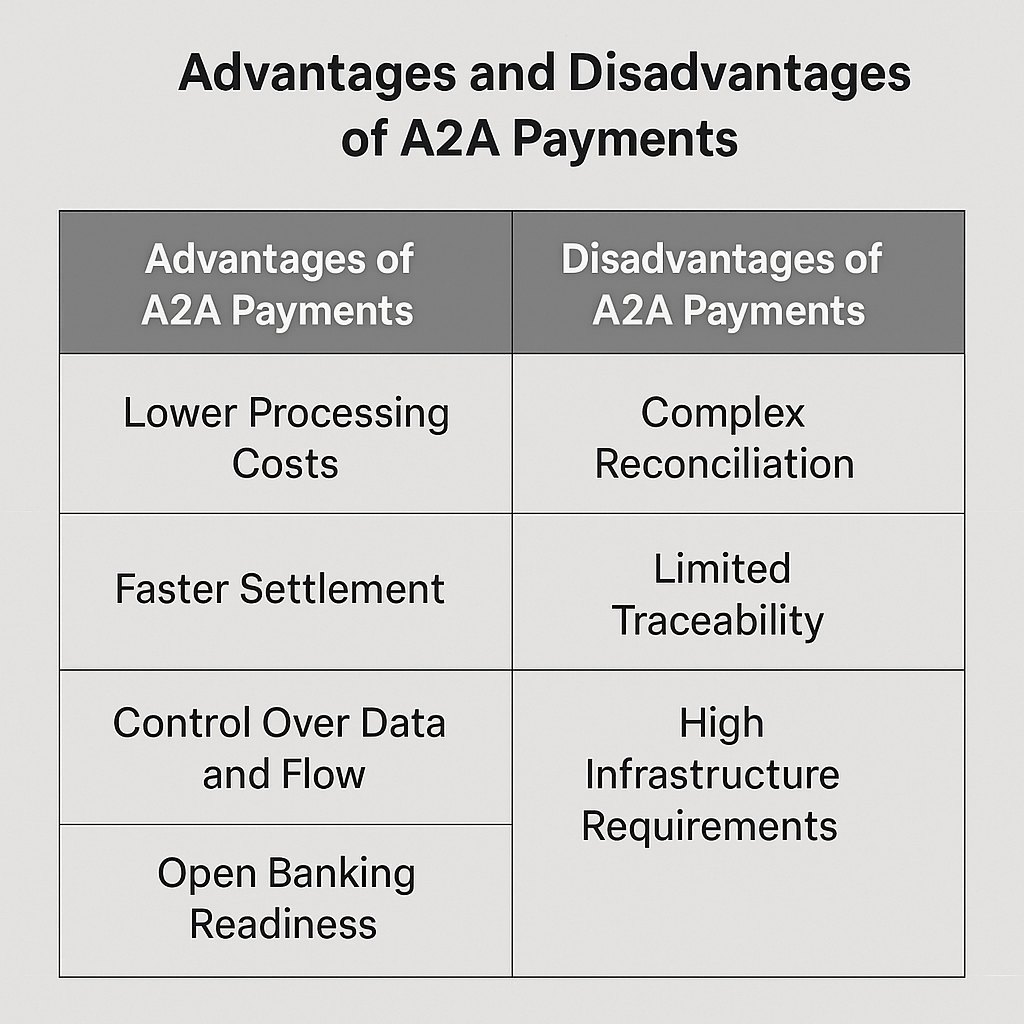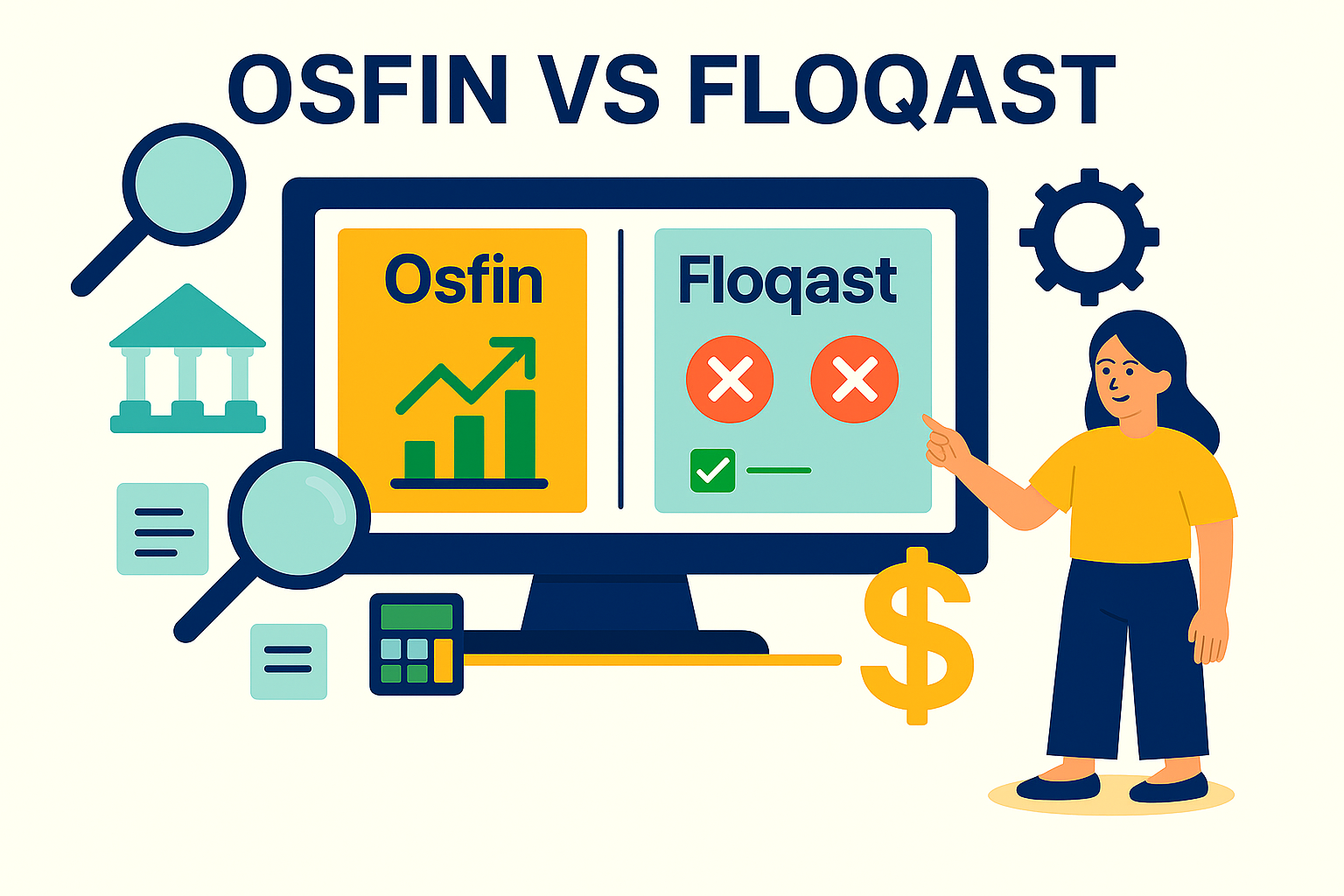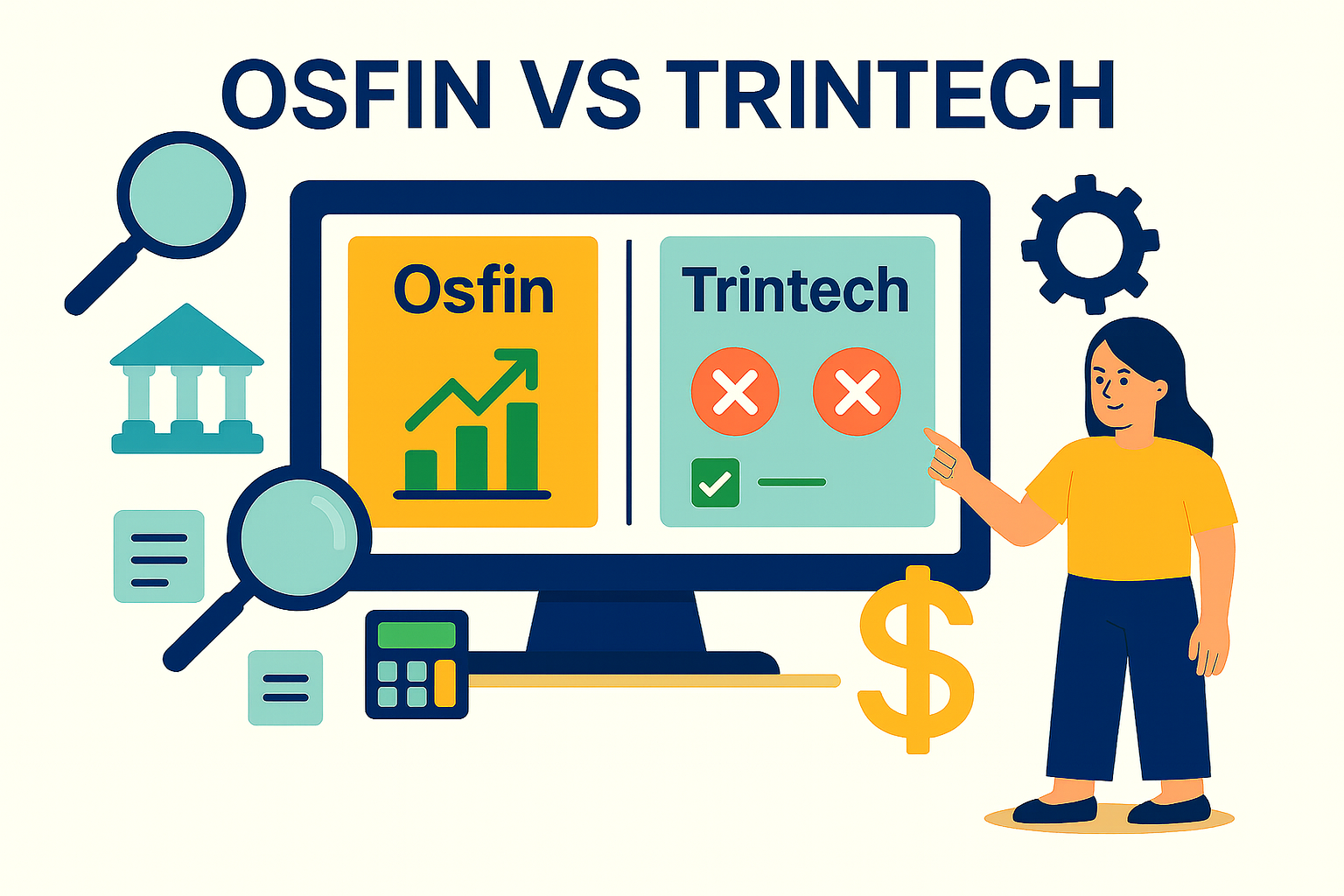A2A Payments for Businesses: Faster, Cheaper & More Secure
A2A (Account-to-Account) payments are now the default mode of money movement for individuals and businesses. From paying rent and splitting bills to settling invoices and processing refunds, A2A is replacing cards, cheques, and wallets.
Some of the most widely used A2A rails include RTP and FedNow in the U.S., SEPA and SEPA Instant in the EU, Faster Payments in the UK, UPI in India, Pix in Brazil, and PayTo in Australia. These systems enable direct account transfers without involving card networks or intermediaries.
While from the user's end, A2A payments are convenient, quick, and seamless, on the backend, they involve multiple systems, validations, and stakeholders. Every transaction runs through bank APIs, clearing mechanisms, and compliance checkpoints. Institutions must handle authentication, risk checks, routing, settlement, and reconciliation, often in real-time and across fragmented systems.
With financial institutions processing millions of A2A payments every day, traceability is a major challenge. This is because A2A payment processing involves multiple legs, conditional triggers, reference mismatches, and fragmented data across systems. A single transaction may split across multiple accounts, settle partially, or fail silently.
In this article, we explore what A2A payments are, why traceability matters in A2A payment processing and how real-time reconciliation helps achieve this.
What are A2A Payments?
A2A (Account-to-Account) payments are direct transfers of funds from one bank account to another without involving card networks, wallets, or intermediaries. These payments are initiated through bank APIs, online banking, or third-party apps and are settled using domestic or cross-border payment rails. A2A is widely used for person-to-person (P2P), business-to-business (B2B), and consumer-to-business (C2B) transactions.
Widely used A2A payment methods globally include:
- RTP and FedNow: United States
- SEPA & SEPA Instant: European Union
- Faster Payments: United Kingdom
- UPI: India
- Pix: Brazil
- PayTo (via NPP): Australia
How Do A2A Payments Work?

A2A payments may look instant to the end user, but each transaction passes through multiple stages behind the scenes. Financial institutions play a central role in validating, routing, and settling these transactions securely and accurately.
Here's how a typical A2A payment works:
1. Payment Initiation: A user submits a request via online banking or a third-party platform.
2. Authentication: The bank verifies user identity, checks for fund availability, and authorizes the transaction.
3. Instruction Routing: The payment instruction is sent through the relevant payment rail (e.g., RTP, SEPA).
4. Funds Settlement: Funds are debited from the sender's account and credited to the recipient's account.
5. Confirmation: The transaction status is updated and shared with the user and any integrated systems.
6. Reconciliation: Internal systems record the transaction and match it against expected entries.
Types of A2A Payments
A2A payments can take different forms based on the use case and flow structure. Each type has specific processing and reconciliation requirements:
- Push Payments: Initiated by the sender to transfer funds to another account.
- Pull Payments: Initiated by the recipient to request and collect funds from the sender's account.
- Recurring Payments: Automated transfers set up at regular intervals (e.g., subscriptions, payroll).
- A2A Split Payments: One incoming payment is automatically divided into multiple accounts, often used in marketplaces and platform settlements.
What Are A2A Payments Used For?
A2A payments are used across personal, commercial, and institutional contexts. Individuals use them for rent, bill payments, and transfers. Businesses use A2A for vendor payouts, employee salaries, and bulk disbursements. They're also widely used for insurance claims, refunds, and tax payments.
Advantages and Disadvantages of A2A Payments for Financial Institutions

The growing adoption of A2A payments presents both opportunities and operational trade-offs for financial institutions. While they offer speed, cost-efficiency, and control, they also introduce technical and compliance complexities that institutions must manage at scale. Here are the benefits and challenges of A2A payments for Financial Institutions:
Advantages of A2A Payments
1. Lower Processing Costs: A2A payment companies bypass card networks and intermediaries, reducing transaction fees. This leads to direct cost savings for banks and payment processors, especially at scale.
2. Faster Settlement: Real-time rails like RTP, FedNow, and UPI enable instant settlement. This improves liquidity management and reduces delays in internal and external fund transfers.
3. Control Over Data and Flow: Institutions retain full control over the transaction lifecycle. Unlike card-based systems, A2A flows remain within the institution's infrastructure, allowing for tighter control over risk and compliance.
4. Open Banking Readiness: A2A supports API-first architectures. This makes it easier for institutions to meet open banking mandates and support embedded finance use cases for enterprise clients and platforms.
Disadvantages of A2A Payments
1. Complex Reconciliation: Inconsistent references across systems and broken audit trails in split transactions increase exception-handling workloads. Manual follow-ups slow down operations and delay reporting.
2. Limited Traceability: Multi-leg A2A flows often lack unified transaction IDs. This makes it difficult to track end-to-end movement across internal and partner systems, especially in B2B or marketplace payouts.
3. High Infrastructure Requirements: Real-time processing, 24x7 system availability, and secure API connectivity require continuous investment in infrastructure, monitoring, and IT resources. Institutions must scale fast without compromising resilience.
Why Traceability Matters in A2A Payments
As A2A payment volumes grow, financial institutions must manage increasing complexity across fragmented systems, real-time rails, and multi-party flows. Without full traceability, even a single failed or delayed transaction can cause downstream disruption. Here's why traceability is an operational necessity:
1. Breaks in Reconciliation
A2A transactions often lack consistent reference fields across internal systems and external payment rails. This makes it difficult to match transactions against expected records, especially in high-volume environments. Without traceability, unresolved breaks delay settlement and inflate exception queues.
2. Delayed Settlement Visibility
Even when confirmation is instant, the actual settlement can be delayed due to downstream dependencies. Without transaction-level monitoring, institutions can't distinguish between pending, failed, or completed transactions. This limits treasury visibility and affects liquidity planning.
3. Regulatory and Audit Pressure
Compliance frameworks require full visibility into transaction history, routing, and outcomes. Missing or mismatched data increases regulatory risk and slows audit responses. Traceability ensures that institutions can produce complete, timestamped records on demand.
4. Customer Trust and Support
When a payment goes missing or appears stuck, customers expect immediate answers. Without end-to-end visibility, support teams can't confirm the status or locate the issue quickly. This leads to frustration, more support tickets, and a loss of confidence in the payment platform.
Traceability Challenges with A2A Payments

A2A payments pass through multiple systems, file formats, and intermediaries, each introducing points of friction. Unlike card networks that follow standardized protocols, A2A flows often vary by rail, institution, and integration setup. This lack of uniformity makes it harder to track a transaction from initiation to settlement.
Here are the core challenges that hinder traceability in A2A payment environments:
1. Inconsistent Reference Data
Each system, core banking, payment gateway, or clearing network may generate its own transaction ID. Without a common reference key, matching entries becomes manual and error-prone.
2. Fragmented File Formats
Banks exchange data through MT940, ISO 20022, CSV, and proprietary files. These formats lack uniform tagging, causing delays in matching and interpretation across systems.
3. Multi-Leg Transactions
In workflows like A2A split payments, one transaction is routed to multiple recipients. If one leg fails, tracking the root issue requires correlating data across separate systems.
4. API and Rail Limitations
Some rails like RTP or SEPA Instant don't always return full metadata. APIs may not relay detailed status updates, leaving gaps in real-time monitoring.
5. Batch vs Real-Time Reconciliation
Legacy reconciliation engines process transactions in end-of-day batches. This delays exception detection for real-time A2A flows and leaves high-value transactions unmonitored for hours.
Role of Reconciliation in A2A Payment Processing
Reconciliation helps financial institutions connect these dots, ensuring each transaction is verified, accounted for, and cleared without delays or blind spots.
Here's how reconciliation supports A2A payment processing across key operational areas:
1. Matching Internal and External Records
Each A2A transaction passes through internal systems like core banking, ERP, and ledger platforms and external rails such as RTP, FedNow, or SEPA. These systems may use different formats like ISO 20022, MT940, or proprietary CSVs. Reconciliation ensures that entries in the internal ledger align with data from external clearing files and rail confirmations.
AI-powered reconciliation platforms like Osfin.ai simplify this process by integrating with core systems and payment gateways via APIs. They use logic-based rules, partial match algorithms, and reference pattern recognition to match transactions even when metadata is inconsistent.
2. Exception Detection and Resolution
Delayed or partial transactions often go unnoticed in batch-based systems. Real-time reconciliation tools help detect mismatches the moment they occur. Advanced matching engines like Osfin.ai can flag inconsistencies, assign accurate failure reasons, and automatically route exceptions to the right team for resolution. This reduces dependency on manual intervention and helps resolve issues before they impact downstream systems.
3. Compliance and Audit Readiness
Regulations like PSD2, FFIEC, and SEPA mandate full traceability and verifiable audit trails for payment transactions. Reconciliation creates timestamped records of every step from initiation to settlement, allowing teams to respond to audit requests quickly and accurately.
4. Operational Efficiency and Customer Relationships
Automated reconciliation reduces manual effort, accelerates break closure, and improves internal SLAs. Faster issue resolution translates to fewer failed payments, better support turnaround, and improved customer trust.
To understand how reconciliation supports each stage of A2A processing, let's look at where it fits across the transaction lifecycle.
Where Reconciliation Fits in the A2A Flow
Here's where reconciliation comes in during an A2A transaction:
Solving A2A Traceability with Osfin.ai
As A2A payments become more central to everyday transactions, the operational demands on financial institutions continue to rise. Without full traceability, institutions risk delays, revenue loss, compliance gaps, and customer dissatisfaction. Real-time reconciliation has become a core function in A2A payment processing.
Osfin.ai is built to solve these challenges at scale. Designed for banks, fintechs, and payment platforms, Osfin automates reconciliation across payment rails, systems, and formats. It delivers speed, accuracy, and transparency, giving institutions full control over every transaction, from initiation to settlement. Here's what Osfin.ai's capabilities include:
- Osfin reconciles payment gateway reports with internal records, helping you spot fee mismatches, tax errors, and settlement gaps instantly, which is critical for tracing incomplete or inaccurate A2A transfers.
- It matches up to 30 million records in under 15 minutes, ensuring high-volume A2A flows don't lead to processing delays.
- Unmatched transactions are auto-tagged and displayed in a central dashboard, so exceptions never go unnoticed.
- Smart exception logic assigns reasons for mismatches and routes them to the right teams, improving resolution speed and audit accuracy.
- The real-time dashboard gives your team a single view of all reconciliation activity, helping you track A2A transactions as they happen.
- Osfin connects with 170+ systems out of the box, removing integration bottlenecks across ERP, core banking, and payment gateways.
- It handles Excel, CSV, and custom file formats without manual clean-up, which is useful for reconciling across non-standard A2A data feeds.
- Data is protected with 256-bit SSL, role-based access, and two-factor authentication, keeping transaction history secure.
- The platform is entirely no-code, so your finance team can run, monitor, and manage reconciliations independently.
- Expert support is always available to help with onboarding, troubleshooting, and ongoing reconciliation needs.
Struggling with fragmented A2A transactions and delayed exception handling?
{{banner1}}
FAQs
1. What are the main benefits of A2A payments over card-based transactions?
A2A payments bypass card networks, reducing processing fees and settlement time. They provide direct bank-to-bank transfers, improved cash flow, and better control over payment data without third-party intermediaries.
2. How is A2A payment processing different from traditional payment methods?
Unlike cards or cheques, A2A payments move funds directly between accounts using rails like RTP or SEPA. They're faster, API-driven, and integrated with core banking systems for real-time authorization and settlement.
3. What do A2A payment companies do in the transaction lifecycle?
A2A payment companies provide the technology to initiate, track, reconcile, and report A2A transactions. They integrate with banking systems, monitor real-time status, and resolve mismatches across rails and formats.
4. How does real-time reconciliation help with regulatory compliance in A2A transactions?
Real-time reconciliation ensures every A2A transaction has a timestamped, verifiable audit trail. It helps institutions detect anomalies early, generate accurate compliance reports, and respond quickly to regulatory audits or data requests.


